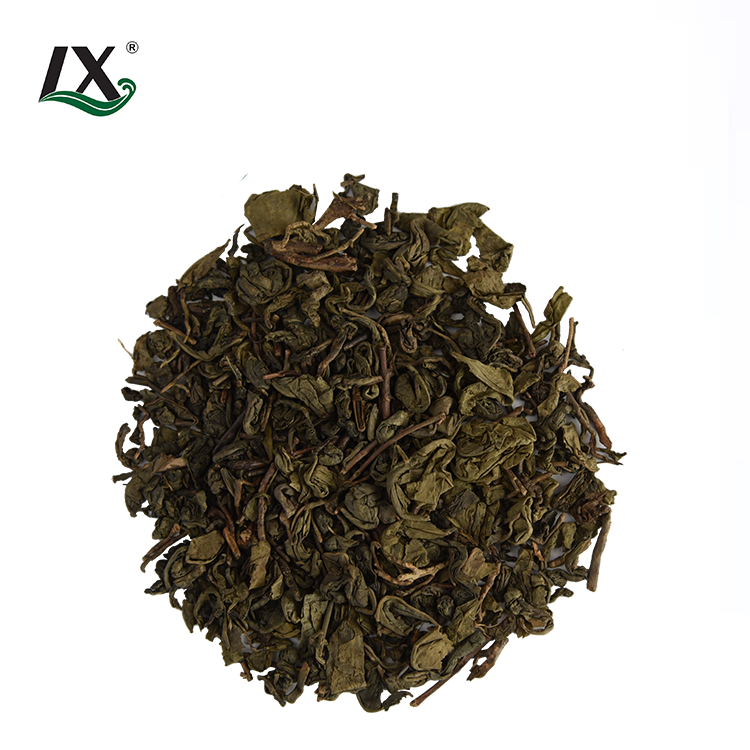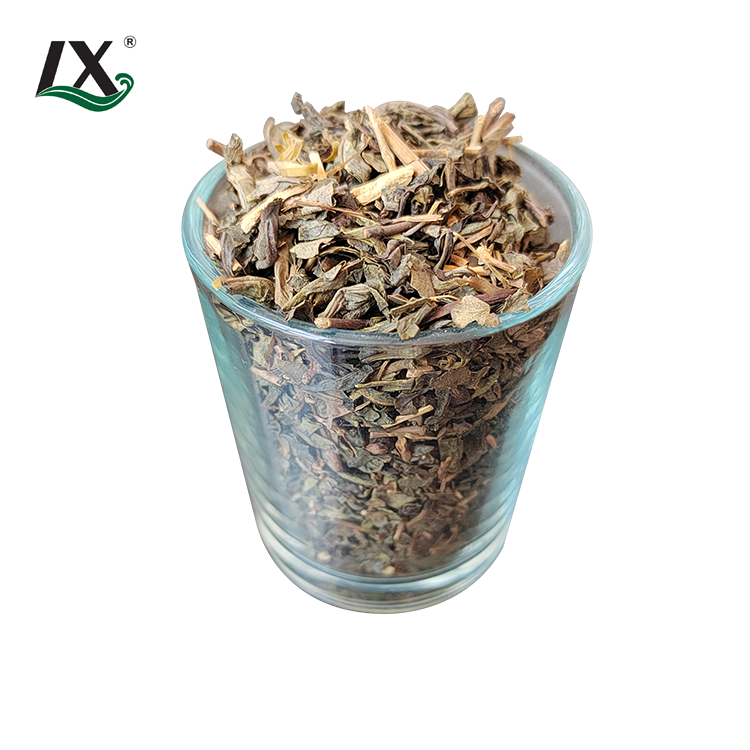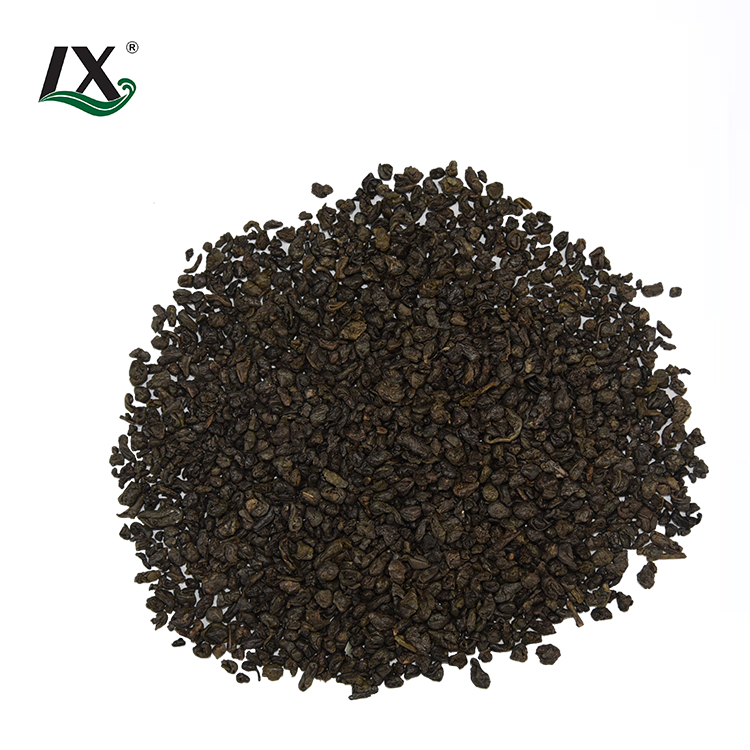The Ultimate Guide to Oolong Tea Wholesale
Introduction: A Growing Demand for Oolong Tea
In recent years, oolong tea has experienced a surge in popularity, drawing tea connoisseurs and casual drinkers alike with its unique taste, health benefits, and rich cultural heritage. Known for its distinctive flavor profile that blends the freshness of green tea with the depth of black tea, oolong tea appeals to a wide range of palates. Whether it's the floral, light sweetness of Taiwanese oolongs or the roasted, earthy tones of Chinese varieties, there's an oolong tea for every taste preference.
As the demand for oolong tea grows globally, businesses—from specialty tea shops and cafes to large-scale retailers and distributors—are looking for ways to meet consumer needs through oolong tea wholesale purchasing. Wholesale purchases provide a significant opportunity for tea retailers to capitalize on the rising demand while securing a reliable and consistent supply of high-quality tea.
However, entering the oolong tea wholesale market requires a deep understanding of the supply chain, identifying reputable oolong tea manufacturers, and finding the right oolong tea suppliers. For anyone looking to source oolong tea in bulk, this comprehensive guide will help you navigate the process, offering practical advice, insights into the wholesale market, and tips on building lasting relationships with suppliers.
Understanding Oolong Tea – What Makes It Unique?
Before delving into the specifics of wholesale sourcing, it’s important to understand what makes oolong tea different from other types of tea. Oolong tea sits between green and black tea on the oxidation scale. It undergoes partial fermentation, meaning it retains some of the fresh, grassy flavors of green tea, while also developing the darker, more robust notes found in black tea. The oxidation process, which typically ranges from 10% to 70%, influences the flavor, aroma, and color of the tea leaves.
Key Characteristics of Oolong Tea:
- Flavor Profile: Oolong tea can vary widely in flavor, depending on the degree of oxidation. Lightly oxidized oolongs are floral and sweet, while more heavily oxidized varieties have deeper, toasted or fruity notes. Some well-known varieties include:
- Tie Guan Yin (Iron Goddess of Mercy): A famous Chinese oolong, prized for its orchid-like fragrance and complex flavor.
- Da Hong Pao: A darker, richer oolong with roasted flavors, native to the Wuyi mountains in China.
- Milk Oolong: A Taiwanese oolong known for its creamy, buttery flavor, sometimes with a naturally sweet aftertaste.
- Appearance: Oolong tea leaves are typically rolled into tight, dense balls or twisted strands, which unfurl as they steep, releasing their flavors. The leaves often range in color from green to brown, reflecting their oxidation levels.
- Health Benefits: Oolong tea has been praised for its health benefits, including its potential to improve metabolism, aid in digestion, and support heart health. It’s also rich in antioxidants and has a moderate caffeine content, making it an energizing yet balanced choice for tea lovers.
Understanding these characteristics is important when sourcing oolong tea wholesale, as it allows you to make informed decisions about the types of oolong tea that will appeal to your target market. Whether you're selling high-end, premium oolongs or more affordable blends, knowing the different flavor profiles and grades will help you choose the best tea for your business.

Why Oolong Tea Wholesale? The Growing Market Opportunity
The global tea market is expanding, with consumers increasingly seeking diverse and high-quality options. Oolong tea, with its complex flavor and potential health benefits, fits neatly into this trend. Whether it’s being enjoyed in a specialty cafe, sold in loose-leaf form, or bottled as a ready-to-drink beverage, oolong tea is gaining traction among tea enthusiasts.
The Benefits of Oolong Tea Wholesale:
- Growing Consumer Demand: Oolong tea is becoming more popular across various regions, particularly in the United States and Europe, where tea drinkers are exploring new varieties beyond traditional black and green teas. The global market for oolong tea is expected to continue growing, driven by rising awareness of its health benefits and its distinctive flavor profile.
- Profit Potential: For tea retailers and distributors, purchasing oolong tea wholesale can be highly profitable. By buying in bulk, businesses can secure lower per-unit prices, allowing them to offer competitive pricing to customers while increasing profit margins. Additionally, wholesale purchases provide an opportunity to diversify product offerings, creating specialized oolong tea lines or custom blends.
- Versatility in Product Offerings: Oolong tea can be marketed in various formats, including loose-leaf, tea bags, or ready-to-drink bottles, which allows businesses to cater to different customer preferences. This flexibility enables tea wholesalers to target a broader audience, from traditional tea drinkers to younger, health-conscious consumers.
- Branding and Customization Opportunities: For businesses looking to establish a unique identity, purchasing wholesale oolong tea offers an opportunity for custom branding, packaging, and labeling. You can work with oolong tea suppliers to create exclusive blends or packaging designs that resonate with your target market, enhancing your brand’s appeal.
How to Find the Right Oolong Tea Manufacturers and Suppliers
Finding the right oolong tea manufacturers and oolong tea suppliers is essential to ensuring consistent product quality and meeting the demands of your customers. With the growing popularity of oolong tea, there is a vast network of suppliers to choose from, but not all are created equal. Here are some practical steps to finding the right partners for your oolong tea wholesale business:
1. Researching Reputable Suppliers and Manufacturers
Start by researching well-established oolong tea manufacturers. These are the companies responsible for growing, processing, and packaging the tea. Choosing a reputable manufacturer ensures that the product meets quality standards and that the supplier can reliably fulfill bulk orders.
Where to Find Suppliers:
- B2B Marketplaces: Websites like Alibaba, Global Sources, and Made-in-China are excellent platforms to find oolong tea suppliers. These platforms offer supplier ratings, reviews, and direct communication with manufacturers.
- Tea Trade Shows: Attending tea trade events and expos allows you to meet manufacturers face-to-face, sample products, and discuss potential partnerships. Events such as the World Tea Expo in the U.S. or the Asia Tea Expo in China are great places to connect with reputable suppliers.
- Tea Associations: Industry organizations such as the Specialty Tea Association (STA) often provide resources, recommendations, and supplier directories for tea businesses.
2. Evaluating Supplier Credentials
Once you’ve identified potential oolong tea suppliers, it’s important to evaluate their credentials and reliability. Check for certifications that ensure the tea meets industry standards:
Organic Certification: This ensures that the tea is grown without harmful chemicals and pesticides.
Fair Trade Certification: This guarantees ethical sourcing practices, ensuring fair compensation and good working conditions for tea producers.
ISO and HACCP Certifications: These reflect adherence to high-quality production processes and safety standards.
3. Requesting Samples for Quality Testing
Before committing to a large order, it’s critical to request samples from potential suppliers. Evaluating the flavor, aroma, and appearance of the tea will help you assess whether it meets your standards. High-quality oolong tea should have a balanced flavor profile, with no off-flavors or bitterness.
4. Assessing Supplier Capacity and Lead Times
For businesses expecting rapid growth, it’s important to ensure that your chosen supplier can meet your future demands. Some oolong tea manufacturers may specialize in smaller batches, while others are capable of handling large, consistent orders. Discuss production timelines, shipping schedules, and whether the supplier can scale up production to meet your future needs.
Understanding Pricing and Bulk Orders in Oolong Tea Wholesale
Pricing is a key factor when buying oolong tea wholesale. The cost of oolong tea can vary depending on a number of factors such as the tea’s grade, production location, and order volume. Understanding the pricing structure helps you make more informed decisions when negotiating with oolong tea suppliers.
Factors Influencing Oolong Tea Pricing:
- Tea Grade: Higher-grade oolong teas (e.g., premium Taiwanese oolongs) will be more expensive than standard, mass-produced varieties. Prices can range from $10 to $100 per kilogram, depending on the quality.
- Order Volume: Bulk orders typically result in a lower per-unit price. However, larger orders may require upfront payment, so managing cash flow is essential for wholesale buyers.
- Origin and Shipping Costs: Oolong tea from premium regions like Taiwan or China’s Wuyi mountains might come with a higher price tag due to the specialized growing conditions and processing methods. Additionally, shipping and customs fees should be considered when calculating total costs.
Negotiating with Suppliers:
When negotiating prices with oolong tea manufacturers or suppliers, consider the following:
- Discounts for Bulk Orders: Larger orders often result in per-unit discounts, which can significantly lower the overall cost.
- Payment Terms: Many suppliers require a deposit upfront, with the balance due upon shipment or delivery. It’s essential to understand these terms to manage your business’s finances effectively.
- Delivery and Logistics: Factor in shipping costs and delivery lead times, particularly for international shipments. Choose suppliers that offer competitive shipping rates and reliable delivery schedules.
Key Considerations When Buying Oolong Tea Wholesale
When purchasing oolong tea wholesale, there are several important factors to consider to ensure that you’re getting the best value for your money while maintaining quality. These include:
1. Packaging Options
Oolong tea can be purchased in various packaging formats, including loose-leaf tea, tea bags, or even compressed cakes. Loose-leaf tea tends to be more popular for high-quality oolongs, while tea bags are a convenient option for mass-market offerings. Consider your target market and product range when choosing packaging.
2. Storage and Shelf Life
Proper storage is critical for maintaining the quality of oolong tea. Ensure that your supplier offers packaging that protects the tea from light, moisture, and air, all of which can degrade the tea’s freshness. Oolong tea typically has a shelf life of about 12 to 18 months, but proper storage can extend this period.
3. Custom Blends and Private Labeling
Some oolong tea suppliers offer private labeling services, where they package the tea under your brand name. You can also work with suppliers to create custom blends, combining different types of oolong tea or infusing it with other herbs and spices.

How to Market Oolong Tea for Wholesale Businesses
Once you’ve sourced your oolong tea wholesale, the next step is to market it effectively. Marketing your tea requires a combination of educational efforts, compelling branding, and innovative strategies.
1. Educate Consumers on Oolong Tea Benefits
Educating your customers about the health benefits and flavor profiles of oolong tea is essential for increasing interest. Focus on the key health benefits, such as metabolism enhancement, improved digestion, and antioxidant properties, and emphasize the versatility of oolong tea in different brews.
2. Highlight Unique Flavors and Blends
If you’re working with oolong tea manufacturers to create custom blends or exclusive varieties, be sure to highlight these in your marketing materials. Special blends or high-quality premium oolongs can help differentiate your product from competitors.
3. Leverage Social Media and Influencers
Social media platforms, such as Instagram and Pinterest, are powerful tools for promoting tea. Share stunning photos, tea preparation tips, and customer reviews to engage potential buyers. Collaborating with influencers in the tea or wellness spaces can help expand your reach.
Conclusion: Success in Oolong Tea Wholesale
Sourcing oolong tea wholesale can be a lucrative business venture if done right. By understanding the nuances of oolong tea, researching reputable oolong tea manufacturers and oolong tea suppliers, and effectively marketing your products, you can carve out a successful niche in the growing tea market. Whether you are sourcing high-quality loose-leaf teas or ready-to-drink bottled options, the right wholesale strategy will position your business for long-term success.
Read More: How China Tea Exports Shape Global Tea Culture and Consumption
















